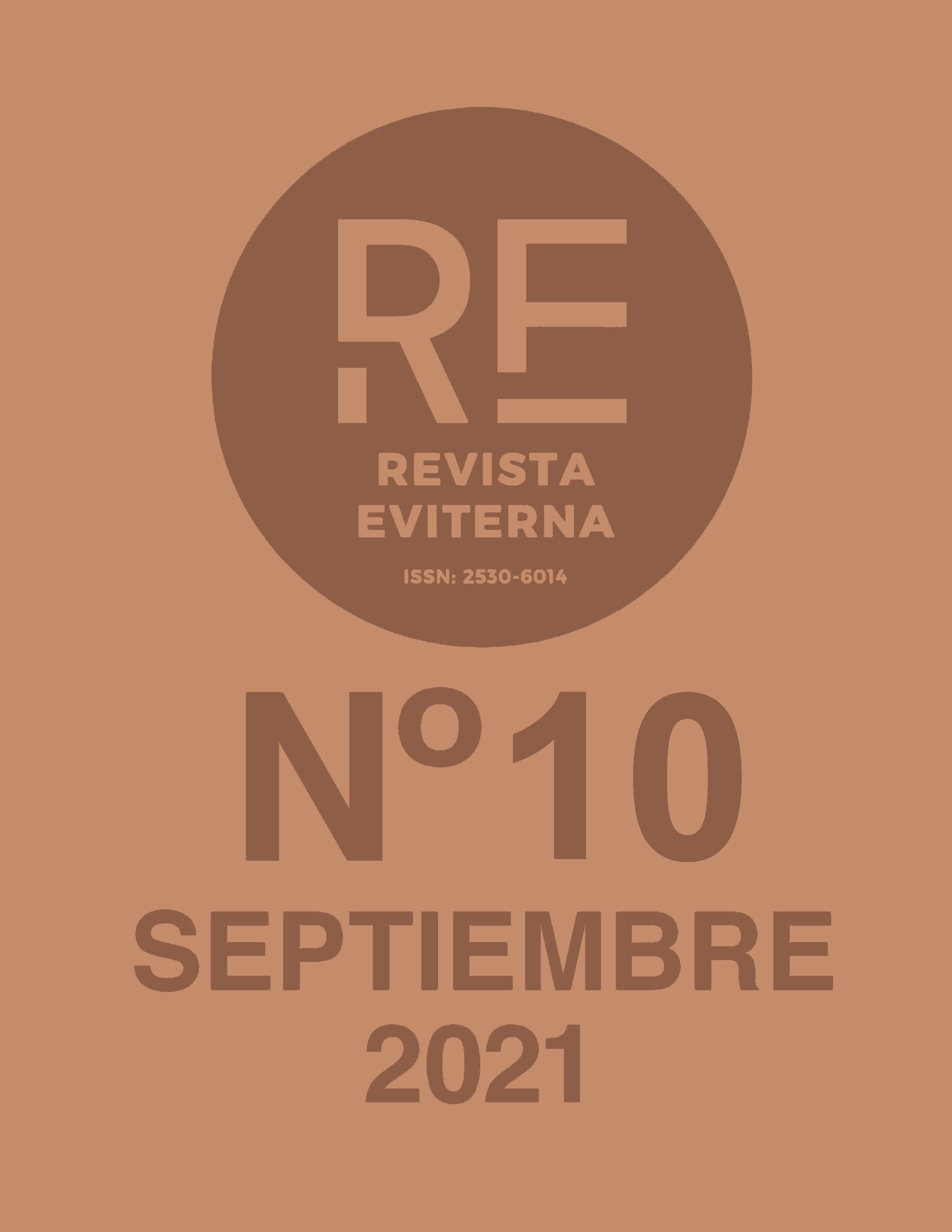Pietro Consagra in Gibellina.
a hypothesis of a frontal city
DOI:
https://doi.org/10.24310/Eviternare.vi10.12822Keywords:
Sculpture, architecture, city, Gibellina, Pietro ConsagraAbstract
The Italian sculptor Pietro Consagra, with the text La città frontale(The frontal city), written in 1968 after a long trip to the United States, put himself in polemic against functionalist architecture, advancing the hypothesis of an active participation of artists in the development of the urban and architectural structure of cities. Gibellina, a small Sicilian town rebuilt with the help of many artists after the earthquake that completely destroyed it in 1968, was the field of experimentation of the theories advanced by Consagra. Here the artist has implemented part of his utopia of frontal city, creating large sculptures and architecture all linked to the principle of frontality. Frontality is the expedient that the artist has used since the fifties to create an equal relationship between the work of art and the user. Frontal sculptures as well as architectures do not try to impose themselves and dominate the surrounding area from an ideal center, but instead they let themselves be crossed, they invite to a face-to-face conversation, creating an intimate relationship of complicity with what surrounds them. This utopia was born also thanks to the will of Ludovico Corrao, enlightened mayor of Gibellina for more than twenty years, and thanks above all to the population that, after the catastrophe and the tabula rasa brought by the earthquake, accepted and participated with enthusiasm to the artists' proposals. Through a comparative analysis of the works realized in Gibellina by Consagra, we will highlight the debate born between artists and architects in that period about the possibilities of shared development of future cities.
Downloads
Metrics
Publication Facts
Reviewer profiles N/A
Author statements
Indexed in
-
—
- Academic society
- N/A
- Publisher
- Universidad de Málaga
References
Accame, G. M. & Di Milia, G. (a cura di). (1996). Consagra Scultura e architettura. Milano: Gabriele Mazzotta.
Appella, G. (1981). Colloquio con Consagra. Roma: Della Cometa.
Camarrone, D. (2011). I Maestri di Gibellina. Palermo: Sellerio.
Carandente, G. (a cura di). (1973). Pietro Consagra. Palermo: Nuovo Sud.
Carandente, G. (a cura di). (1985). Pietro Consagra, la città frontale e interferenze 1968-1985. Roma: Salone Renault.
Consagra, P. (1952). Necessità della scultura. Roma: Lentini.
Consagra, P. (1967). Consagra. Catalogo mostra Galleria dell’Ariete. Milano: Galleria dell’Ariete.
Consagra, P. (1969). La città frontale. Bari: De Donato.
Cristallini, E., Fabbri, M. & Greco, A. (a cura di) (2004). Gibellina nata dall’arte una città per una società estetica. Roma: Gangemi.
Giacchino, S. & Rotelli, M. N. (a cura di) (2004). Gibellina, un luogo, una città, un museo. La ricostruzione. Palermo: Publisicula.
Goethe, J. W. (1816-1817). Viaggio in Italia. Edizione de Castellani, E. (2017). Milano: Mondadori.
Heidegger, M. (1969). L’arte e lo spazio. Edizione di Angelino, C. (1984). Genova: Melangolo.
Lonzi, C. (1969). Autoritratto. Bari: De Donato.
La Monica, G. (1981). Gibellina: ideologia e utopia. Palermo: La Palma.
Downloads
Published
How to Cite
Issue
Section
License
All the contents published in Revista Eviterna are subject to the Creative Commons Reconocimento-NoComercia-Compartirigual 4.0 license, the full text of which can be found at <http://creativecommons.org/licenses/by-nc-sa/4.0>
They may be copied, used, disseminated, transmitted and publicly exposed, provided that:
The authorship and original source of your publication (Journal, editorial and URL of the work) are cited.
They are not used for commercial purposes.
The existence and specifications of this use license are mentioned.

Copyright is of two kinds: moral rights and patrimonial rights. Moral rights are perpetual, inalienable, inalienable, inalienable, inalienable and imprescriptible prerogatives.
In accordance with copyright legislation, Revista Eviterna recognizes and respects the moral rights of the authors, as well as the ownership of the economic right, which will be transferred to the University of Malaga for dissemination in open access.
The economic rights refer to the benefits obtained by the use or disclosure of the works. Revista Eviterna is published in open access and is exclusively authorized to carry out or authorize by any means the use, distribution, disclosure, reproduction, adaptation, translation or transformation of the work.
It is the responsibility of the authors to obtain the necessary permissions of the images that are subject to copyright.







12.png)



